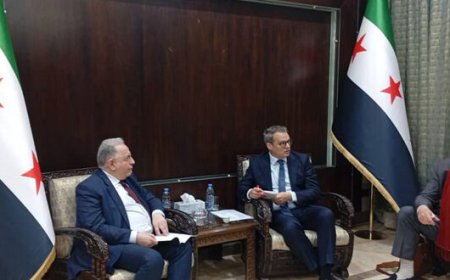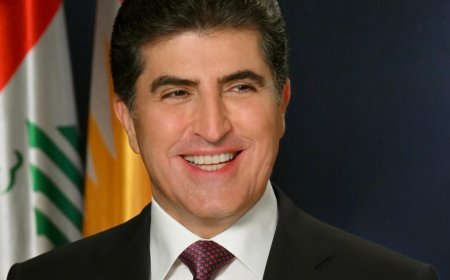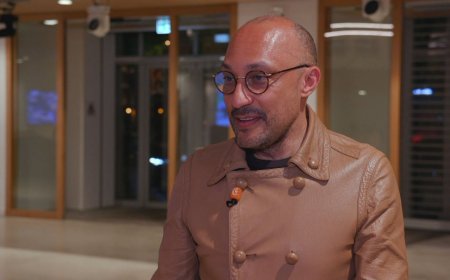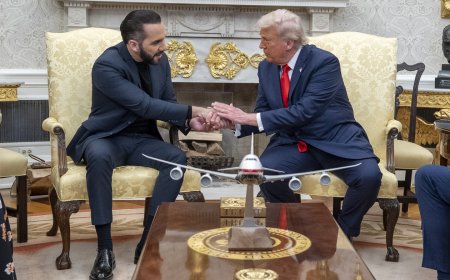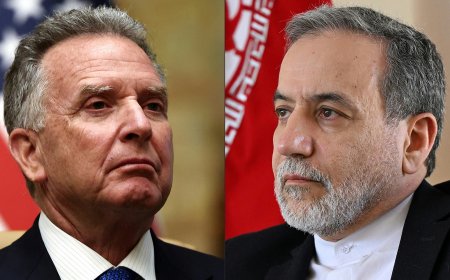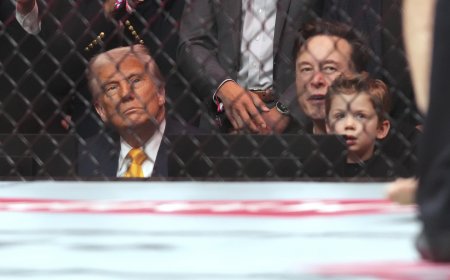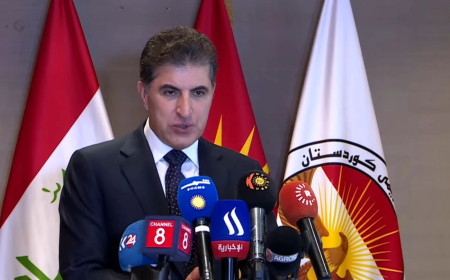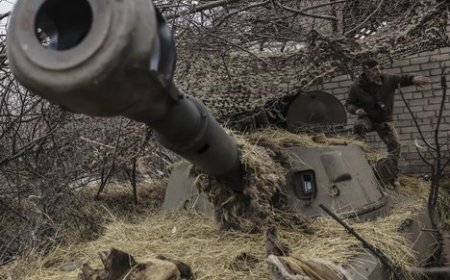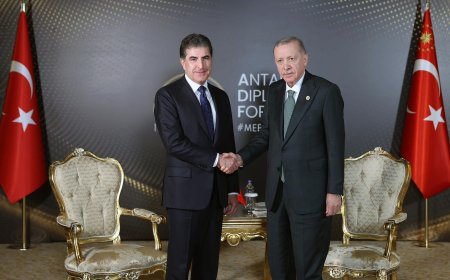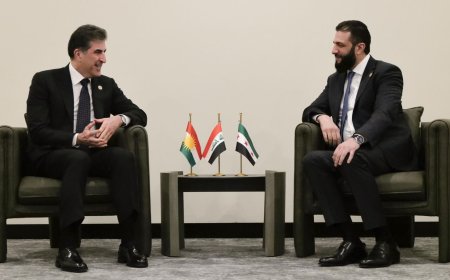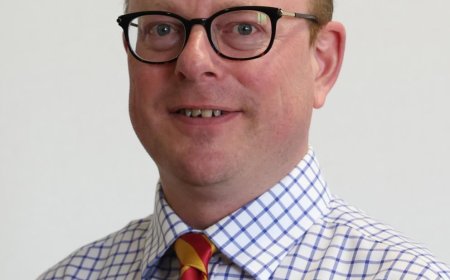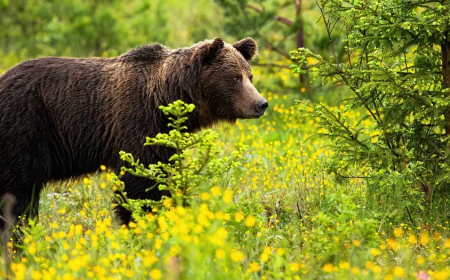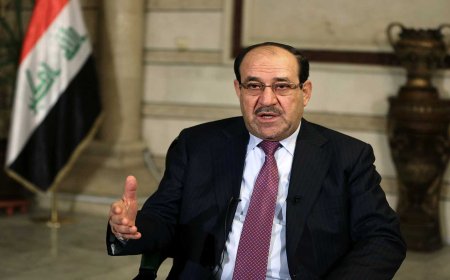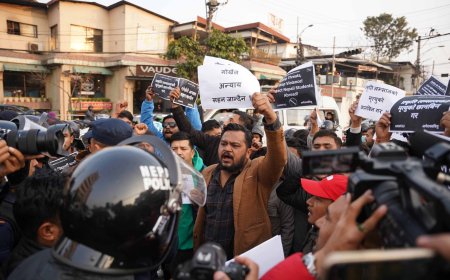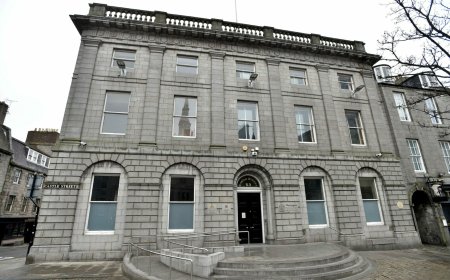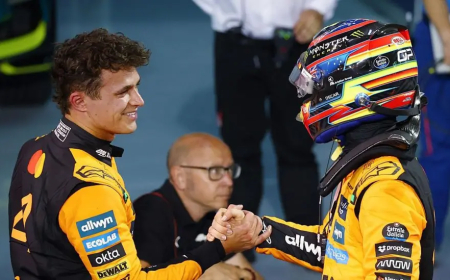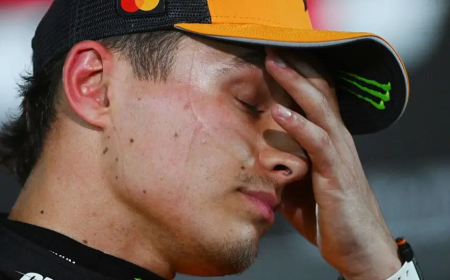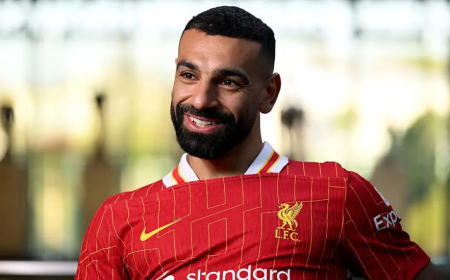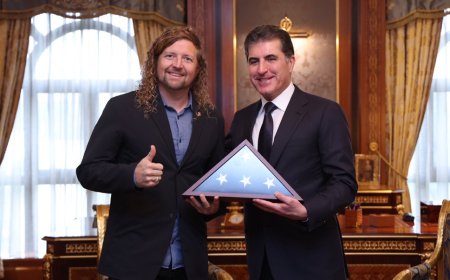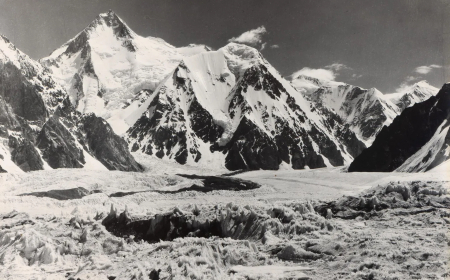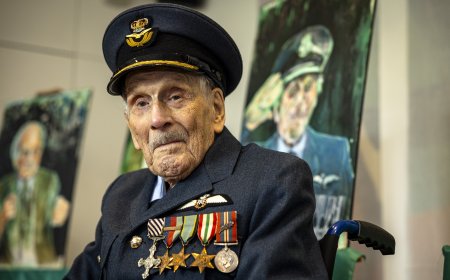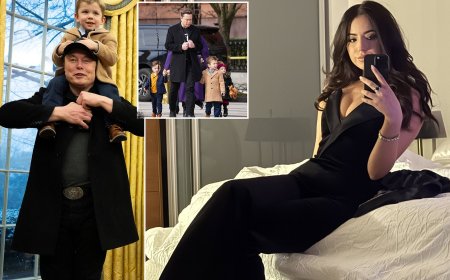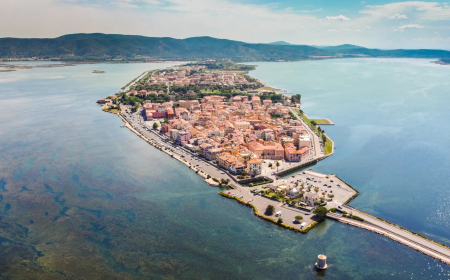Witkoff Meets Putin as U.S. Eyes Ukraine Deal
Kremlin spokesperson Dmitry Peskov described the talks as “a good opportunity to convey Russia’s position to Trump,” but cautioned against expecting breakthroughs.

U.S. President Donald Trump’s special envoy, Steve Witkoff, held a four-hour meeting with Russian President Vladimir Putin in St. Petersburg on Friday, intensifying efforts to reach a ceasefire in Ukraine amid mounting frustration and controversy both at home and abroad. The secretive visit, confirmed by the Kremlin and reported by several international outlets, signals Washington’s desire to reset relations with Moscow—while raising new questions about the direction and unity of U.S. policy on Ukraine.
According to The Washington Post, the meeting was Witkoff’s third with Putin in less than two months. Kremlin spokesperson Dmitry Peskov described the talks as “a good opportunity to convey Russia’s position to Trump,” but cautioned against expecting breakthroughs. Trump, meanwhile, posted on Truth Social during the meeting: “Russia has to get moving. Too many people are DYING, thousands a week, in a terrible and senseless war — a war that should have never happened, and wouldn’t have happened, if I were President!!!”
The Wall Street Journal reported that while Ukraine has expressed readiness for a 30-day ceasefire, Russia has delayed agreeing to terms, leveraging its battlefield momentum to seek concessions, including the easing of U.S. sanctions. Kirill Dmitriev, Russia’s chief negotiator and economic envoy, called the meeting “productive,” highlighting Russia’s interest in normalizing ties with Washington and exploring joint economic projects, from energy to space exploration.
Witkoff’s evolving role has stirred debate in diplomatic circles. The BBC and The Times noted that his increasingly central presence in ceasefire negotiations has exposed growing policy rifts within the Trump administration. General Keith Kellogg, Trump’s envoy to Ukraine, publicly rejected Witkoff’s floated proposal to cede control of four Ukrainian regions—Luhansk, Donetsk, Kherson, and Zaporizhzhia—to Russia, calling it unacceptable to Kyiv and to many in Washington.
Kellogg also attracted controversy with remarks published in The Times, suggesting Ukraine could be divided into zones of control post-ceasefire, similar to Cold War-era Berlin. He later clarified that the analogy referred to a post-war reassurance force, not a partition, and emphasized that such a deployment would support Ukrainian sovereignty, not undermine it.
The diplomatic maneuvering comes amid ongoing violence in Ukraine. According to reports by the BBC and The Wall Street Journal, Russia’s missile strike on President Volodymyr Zelensky’s hometown of Kryvyi Rih killed 19 civilians, including nine children. The attack drew sharp condemnation from Trump, who said, “I’m not happy about what’s going on… the Russians are bombing like crazy right now.”
At a NATO gathering in Brussels, attended by 50 nations, European defense leaders emphasized continued support for Ukraine. German Defense Minister Boris Pistorius stated, “Given Russia’s ongoing aggression… peace appears to be out of reach in the immediate future.” U.K. Defence Secretary John Healey announced a record £4.5 billion in aid for Ukraine, while also addressing criticism from EU officials about limited contingency planning for the post-ceasefire phase.
According to BBC reports, the Witkoff-Putin meeting came just after a U.S.-Russia prisoner exchange, which saw dual national Ksenia Karelina freed from a Russian penal colony in return for Arthur Petrov, arrested in Cyprus for alleged tech smuggling. The swap was brokered by intelligence agencies and is seen as a potential sign of tentative trust-building.
Meanwhile, Foreign Minister Sergei Lavrov hailed Trump’s stance as more pragmatic than Europe’s, telling journalists in Kazakhstan that “the U.S. wants to get to the heart of the problem.” Lavrov reiterated Moscow’s opposition to Ukraine joining NATO and dismissed the prospect of Ukraine regaining its 1991 borders as “impossible.”
For Ukrainian President Zelensky, however, the war’s toll remains deeply personal and urgent. During a visit to the site of the Kryvyi Rih strike, he accused the Kremlin of prolonging the conflict and revealed that several Chinese nationals had been captured fighting with Russian forces. He also renewed his call for air defense systems and confirmed he had discussed weapons purchases with Trump.
Despite Trump’s claim that he could end the war in “24 hours,” the ceasefire process remains tangled in political ambiguity. Witkoff is now expected to travel to the Middle East for talks with Iran on its nuclear program, highlighting his growing portfolio—and the lack of institutional structure behind it.
As Western governments grow increasingly anxious about the absence of a unified American strategy, European diplomats quoted by The Washington Post and BBC warned of disjointed messaging from Washington. One EU official said, “We sometimes hear contradictory things from different parts of the [U.S.] administration… that adds to the sense there is no real plan.”
For now, with battlefield violence ongoing and diplomatic efforts in flux, the fate of a ceasefire hinges on an uneasy triangle of Trump, Putin, and Zelensky—with Steve Witkoff at the center of one of the most precarious diplomatic gambits of the modern era.
(Source:Kurdistan24)
